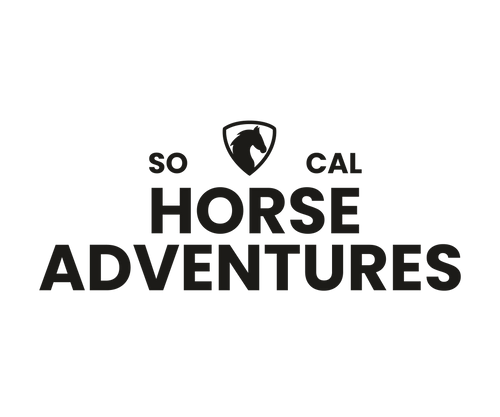The Importance of Flat Work in Show Jumping Training
Show jumping is an exhilarating equestrian discipline that combines athleticism, precision, and partnership between horse and rider. While the thrill of soaring over obstacles often takes center stage, the foundation of a successful show jumping round lies in something far less flashy: flat work. Surprisingly to some, actual jumping constitutes only a small portion of effective training for show jumping. Instead, the bulk of preparation happens on the flat, where the essential skills of balance, control, and communication are developed.
Building the Foundation
Flat work is the cornerstone of a horse's training, regardless of discipline. In show jumping, it prepares the horse and rider to approach jumps with confidence, rhythm, and coordination. By focusing on flat work, you ensure that your horse has the strength, flexibility, and responsiveness required to navigate a course successfully. Without this groundwork, jumping becomes a risky and haphazard endeavor.
Key aspects of flat work in show jumping training include:
-
Balance and Straightness: A balanced horse can adjust its stride easily and remain straight on approach to a jump. Exercises like shoulder-in, haunches-in, and transitions between gaits help develop this essential skill.
-
Suppleness and Flexibility: A supple horse can bend around turns and adjust to the varying demands of a jumping course. Lateral work, circles, and serpentines improve flexibility and encourage the horse to work evenly on both sides.
-
Rhythm and Consistency: Maintaining a steady rhythm is critical in show jumping. Flat work helps you establish and sustain a consistent pace, which is essential for accurate striding and clean jumps.
-
Engagement and Impulsion: A horse that engages its hindquarters and moves with impulsion will have the power needed to clear obstacles efficiently. Flat work exercises like transitions, collected gaits, and lengthenings build this crucial energy.
Communication and Partnership
Flat work is also where the rider refines their aids and builds trust with their horse. Clear, consistent communication is vital for navigating a jumping course, where split-second decisions can mean the difference between success and failure. Through flat work, riders develop:
-
Effective Aids: Practicing precise transitions and lateral movements improves the rider's ability to communicate subtle cues.
-
Feel and Timing: Spending time on the flat allows riders to develop a sense of their horse's rhythm and movement, making it easier to make adjustments on course.
-
Confidence: Both horse and rider gain confidence in each other during flat work, which translates into a more harmonious performance over jumps.
Why Jumping Is a Small Part of Training
While jumping is the highlight of the sport, over-focusing on it can lead to burnout, injury, and regression in skills. Repeatedly practicing jumps without addressing underlying flat work issues often results in a horse that rushes, refuses, or develops poor form. Instead, limited and purposeful jumping sessions, combined with extensive flat work, create a more prepared and versatile athlete.
Benefits of minimizing actual jumping in training include:
-
Preserving the Horse's Legs: Show jumping places significant stress on a horse's joints and tendons. Focusing on flat work reduces wear and tear, extending the horse's career.
-
Improving Jump Quality: A horse that is strong, supple, and balanced on the flat will approach jumps more confidently and execute them more effectively.
-
Mental Freshness: Constantly drilling jumps can lead to boredom or anxiety for the horse. Flat work keeps training varied and engaging.
Practical Applications
Incorporate the following flat work exercises into your training routine to enhance your show jumping performance:
-
Pole Work: Ground poles and cavaletti are excellent tools for improving rhythm, stride length, and foot placement without the impact of jumping.
-
Transitions: Frequent transitions between and within gaits sharpen responsiveness and build engagement.
-
Lateral Movements: Incorporate leg yields, half-passes, and shoulder-ins to improve suppleness and control.
-
Circle Work: Use circles of varying sizes to develop balance and suppleness, ensuring the horse remains adjustable and attentive.
In show jumping, flat work isn’t just a stepping stone; it’s the foundation upon which everything else is built. By dedicating time to flat work, you create a horse that is strong, supple, and responsive—qualities that are essential for success in the ring. While the jumps may steal the spotlight, it’s the work done on the flat that ensures you and your horse can shine together.
